Mathematical symbols are integral to our understanding of mathematics today. They allow us to represent complex concepts and perform calculations efficiently and precisely. But have you ever wondered who invented these symbols and how they evolved? This article will explore the fascinating history of mathematical symbols, tracing their origins from ancient civilizations to modern-day notation.
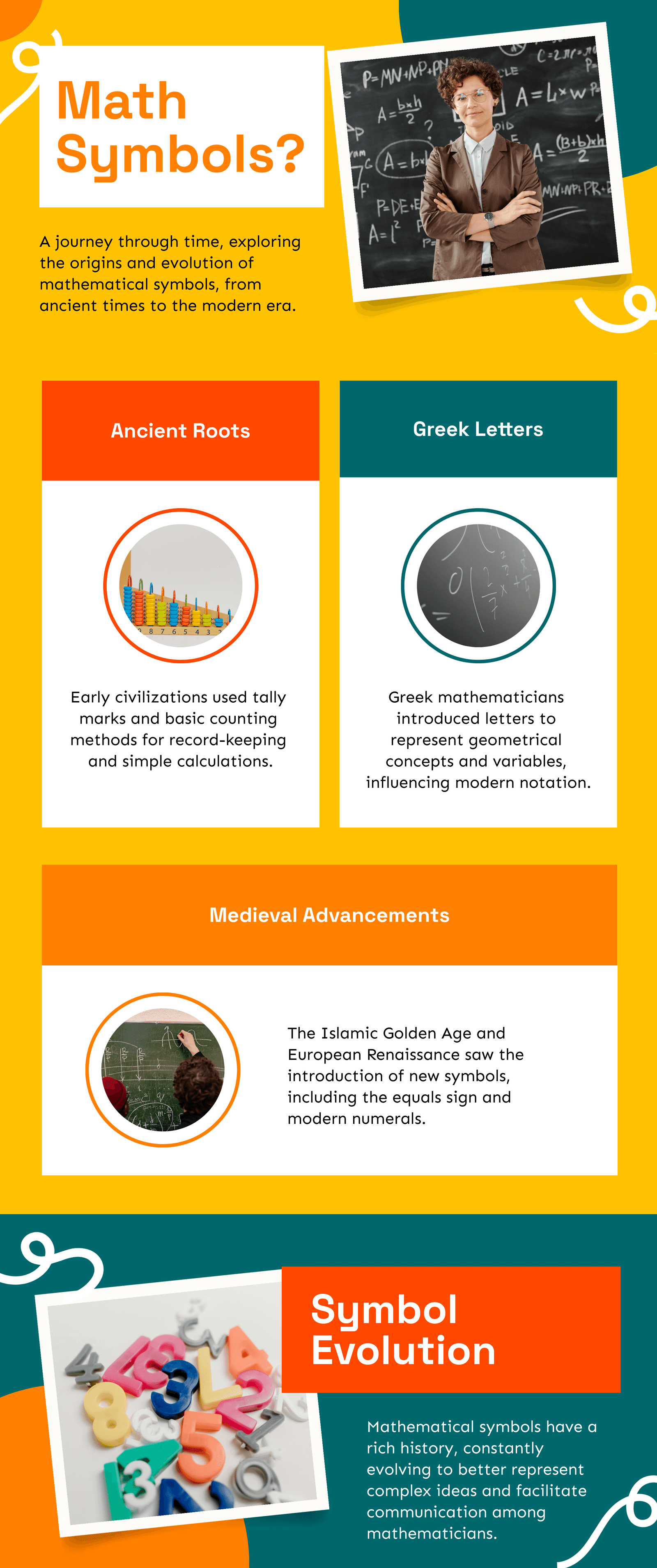
Mathematical symbols are more than mere characters; they are the language through which we express mathematical ideas and operations. From basic addition to complex calculus, these symbols have transformed how we approach mathematics. This article will delve into the origins of these symbols, explore the contributions of various civilizations, and discuss how mathematical notation has evolved over the centuries. By the end, you will have a comprehensive understanding of who invented mathematical symbols and how they came to shape the field of mathematics.
The Origin Of Mathematical Symbols
Mathematical symbols have a rich and varied history from ancient times. Early forms of mathematical notation were quite rudimentary but served as the foundation for more complex systems.
The origin of mathematical symbols is deeply rooted in the practical needs of ancient societies to record and manipulate numerical information. Initially, early humans relied on rudimentary counting methods such as tally marks to keep track of quantities and transactions. These early notations were simple but effective, allowing people to maintain records and perform basic arithmetic. As civilizations advanced, so did their methods for representing numbers. In ancient Mesopotamia, the development of the cuneiform script around 3000 BCE marked a significant leap forward. The Babylonians adapted this script to create a base-60 numeral system, using wedge-shaped symbols to represent numbers and perform complex calculations. This system’s versatility was crucial for astronomy and commerce.
Meanwhile, the Egyptians developed a hieroglyphic numeral system that utilized distinct symbols for different magnitudes, facilitating trade and administrative tasks. These early numeral systems were practical and laid the groundwork for more abstract and formal mathematical notation. As these early civilizations interacted and their knowledge spread, the foundations for mathematical symbols began to take shape, evolving from simple pictographs to more sophisticated representations that could capture the complexities of arithmetic and geometry. This gradual refinement of symbols was driven by the increasing sophistication of mathematical thought and the need for more precise and efficient ways to record and communicate numerical ideas.
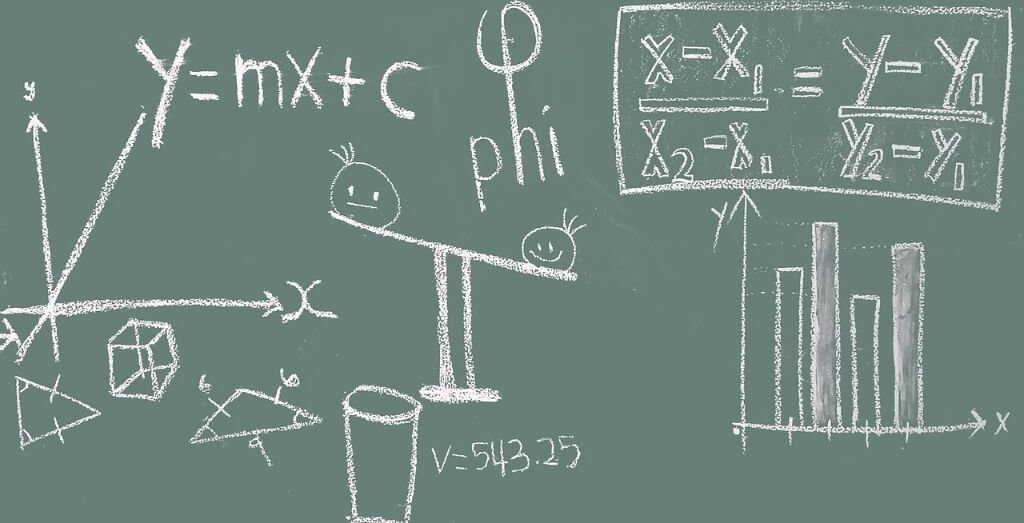
Early Systems Of Counting
Before the advent of written symbols, early humans used simple methods to keep track of quantities. Tally marks, for instance, were one of the earliest forms of recording numbers. These marks were etched onto surfaces like bones or stones, representing counts or records of transactions.
Early systems of counting were among the first attempts to quantify and manage information in human societies, laying the groundwork for more sophisticated mathematical systems. The earliest known method was the use of tally marks, which date back to prehistoric times. Tally marks involved making notches or scratches on surfaces like bones, stones, or wood to keep track of quantities, such as the number of animals in a herd or items in trade. This rudimentary system allowed early humans to record data in a tangible form, though its simplicity limited it. As societies grew more complex, so did their counting methods. In ancient Mesopotamia, the Sumerians developed a more advanced system using clay tokens and later cuneiform script to represent numbers. These tokens were used for accounting and trade, with symbols representing quantities and commodities.
The Babylonians expanded on this by creating a sexagesimal (base-60) numeral system, which allowed for more sophisticated calculations and record-keeping. Meanwhile, in ancient Egypt, the use of hieroglyphs for numbers represented a significant advancement. Egyptian scribes developed a system of symbols for units, tens, hundreds, and thousands, which were used for various administrative purposes, including taxation and construction. These early systems of counting were crucial for managing resources and conducting trade, and they provided the foundation upon which more elaborate mathematical notations were built. Their evolution reflects humanity’s growing understanding of numbers and the increasing complexity of societal needs.
Ancient Civilizations
As civilizations advanced, so did their methods of recording and calculating numbers. The Egyptians, for instance, used a system of hieroglyphs to represent numbers and perform basic arithmetic operations. Their method, though primitive by today’s standards, was revolutionary at the time.
The Babylonians developed a more sophisticated system based on a sexagesimal (base-60) number system. Their symbols, inscribed on clay tablets, allowed for more complex calculations and record-keeping. The Greeks also made significant contributions, using symbols and letters to represent various mathematical concepts.
Transition To Written Symbols
The transition from visual and oral representations to written symbols marked a significant evolution in mathematical notation. This shift made it possible to document mathematical ideas more accurately and share them with others, paving the way for future advancements.
The visual and oral methods of representing numbers to written symbols marked a transformative shift in human record-keeping and mathematical practice. Early societies relied heavily on physical objects and verbal methods to track quantities and perform calculations. For example, the use of counting boards or notched bones provided a tangible, albeit rudimentary, way to represent numerical data. However, as civilizations expanded and became more complex, the limitations of these methods became apparent. Written symbols emerged as a more efficient and reliable means of recording and communicating mathematical information. In ancient Mesopotamia, the development of cuneiform script around 3000 BCE represented a significant advancement. Sumerian scribes began using wedge-shaped marks on clay tablets to denote numerical values, paving the way for more sophisticated record-keeping and mathematical calculations.
Similarly, in ancient Egypt, the transition to written symbols involved the use of hieroglyphs to represent numbers and arithmetic operations. This system allowed for precise documentation of trade, taxation, and construction projects. The Greek mathematicians further advanced this transition by introducing symbols for geometric concepts and algebraic operations. This shift from physical objects to written symbols not only streamlined mathematical practices but also facilitated the sharing and preservation of mathematical knowledge across generations and cultures. Written symbols provided a standardized language for mathematics, enabling more complex and abstract ideas to be recorded and communicated with unprecedented accuracy and consistency.
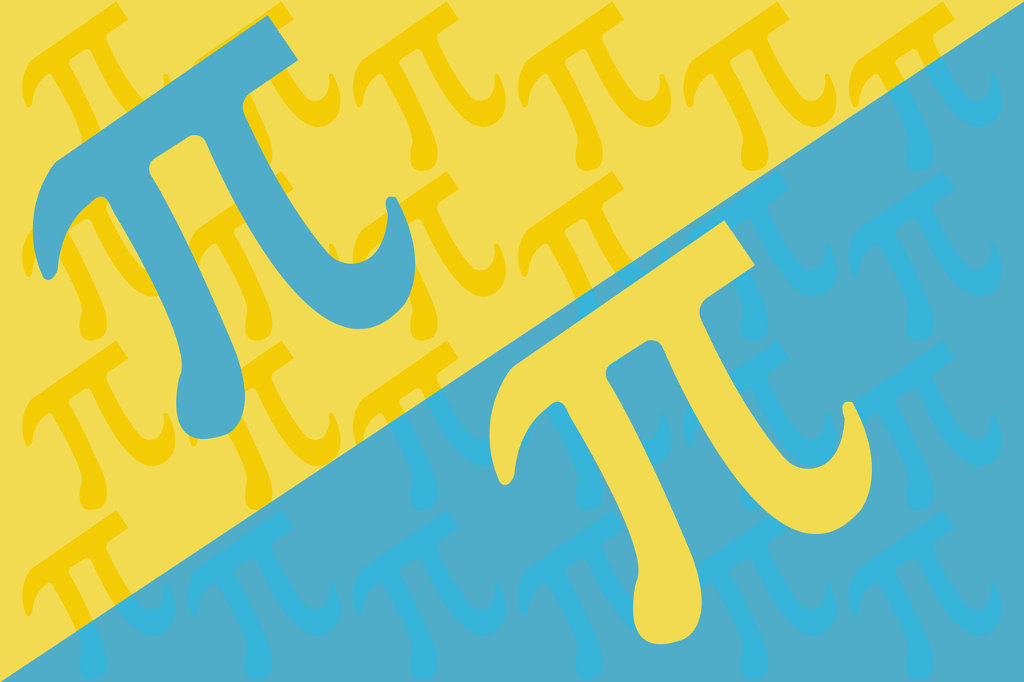
Ancient Civilizations And Their Contributions
Ancient civilizations played a pivotal role in the development of mathematical symbols, each bringing unique insights and techniques that laid the groundwork for modern mathematics. In Mesopotamia, the Babylonians devised a sophisticated base-60 (sexagesimal) numeral system that not only included symbols for numbers but also allowed them to perform complex calculations essential for astronomy, timekeeping, and commerce. This system’s influence extended to the Greeks, who adopted and adapted various Babylonian methods.
Meanwhile, in Egypt, using hieroglyphic symbols for numbers was a critical tool for administrative tasks, architecture, and trade. Egyptian mathematicians used distinct symbols to represent units, tens, hundreds, and thousands, demonstrating an early form of structured arithmetic. In China, the use of counting rods provided a visual and tactile method for calculation, influencing later abacus designs. India, on the other hand, revolutionized mathematical notation with the introduction of the concept of zero and the decimal system, which formed the backbone of numerical representation globally. These early contributions from different cultures collectively enriched the history of mathematical symbols, showcasing a shared human endeavor to understand and express numerical concepts.
Babylonian Numerals
The Babylonian numeral system, which used a base-60 format, was one of the earliest known systems of mathematical symbols. Their cuneiform script, inscribed on clay tablets, included symbols for numbers and arithmetic operations. This system was particularly useful for astronomy and complex calculations, reflecting the Babylonians’ advanced understanding of mathematics.
Egyptian Hieroglyphs For Numbers
In ancient Egypt, mathematical symbols were represented using hieroglyphs. The Egyptians had symbols for units, tens, hundreds, and thousands, which allowed them to perform calculations and record measurements. The Rhind Mathematical Papyrus, a significant artifact, provides insight into their mathematical practices and symbols.
Greek Innovations
Greek mathematicians such as Pythagoras, Euclid, and Archimedes contributed significantly to the development of mathematical symbols. They introduced geometric symbols and notations, which laid the groundwork for modern mathematics. Greek letters, like π (pi) and θ (theta), are still used today to represent important mathematical constants and variables.
Chinese And Indian Contributions
Chinese mathematicians used counting rods and the abacus for calculations. Their notation was instrumental in developing early mathematics. In India, mathematicians like Brahmagupta made substantial contributions to mathematical notation, including the use of zero and the decimal system. These innovations greatly influenced subsequent mathematical developments in other cultures.
The Middle Ages: Islamic And European Contributions
During the Middle Ages, both Islamic and European scholars made significant contributions to the development and dissemination of mathematical symbols. The Islamic Golden Age, from the 8th to the 14th centuries, was a period of prolific mathematical innovation. Mathematicians such as Al-Khwarizmi, often referred to as the “father of algebra,” introduced new symbolic representations to express mathematical concepts. His works on algebra included the use of Arabic letters to represent unknowns, a practice that laid the foundation for modern algebraic notation. Additionally, the introduction of the Hindu-Arabic numeral system, including the critical concept of zero, greatly simplified calculations and was instrumental in the spread of mathematical knowledge across the Islamic world and into Europe. These numerals, combined with the decimal system, allowed for more efficient arithmetic and accounting, paving the way for advancements in trade, science, and education.
In Europe, as the Renaissance period ignited a revival of classical learning, scholars began translating Islamic mathematical texts into Latin. This exchange of knowledge facilitated the adoption of Arabic numerals in European mathematics, replacing the cumbersome Roman numeral system. The period also saw the introduction of new symbols, such as the equals sign (=) and the plus (+) and minus (-) signs, which were developed to standardize mathematical operations and improve clarity in written calculations. These contributions from both Islamic and European mathematicians during the Middle Ages were crucial in shaping the history of mathematical symbols and set the stage for the development of modern mathematical notation.
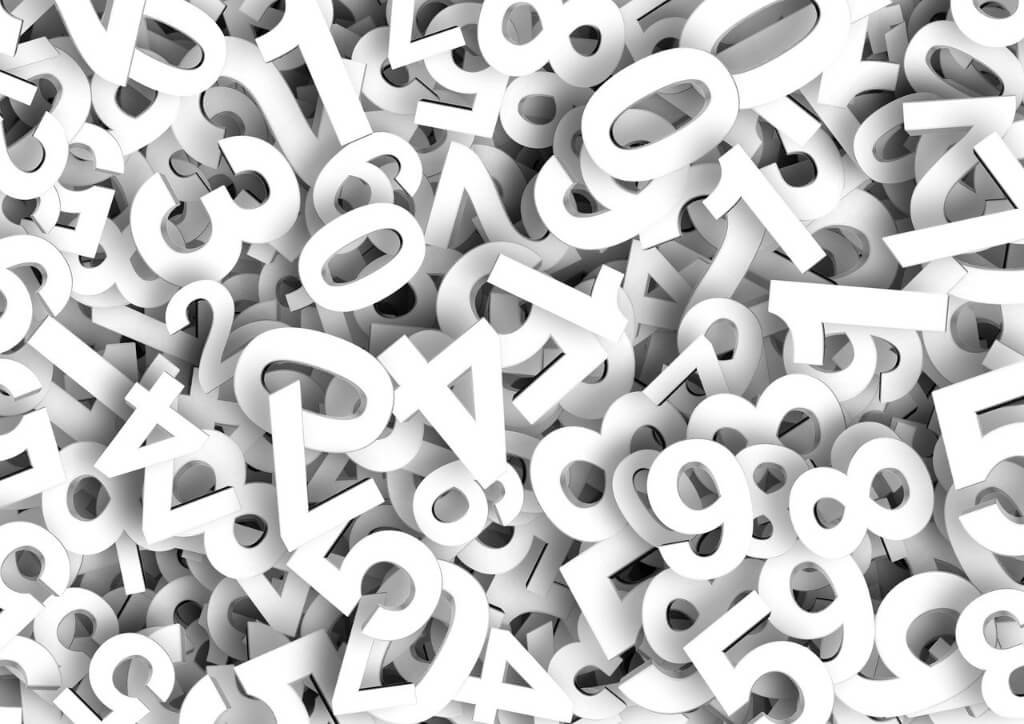
Islamic Golden Age And Algebra
During the Islamic Golden Age, mathematicians like Al-Khwarizmi made significant advances in algebra. Al-Khwarizmi’s work introduced the use of letters to represent unknowns, a practice that became central to algebraic notation. The Arabic numeral system, which included symbols for digits and place values, spread to Europe and transformed mathematical notation.
European Renaissance And Mathematical Notation
The European Renaissance saw the integration of Islamic mathematical texts into European scholarship. This period introduced several key symbols. For example, Robert Recorde invented the equals sign (=) in the 16th century to denote equality between mathematical expressions. Fibonacci’s introduction of Hindu-Arabic numerals in Europe further standardized mathematical notation.
The Evolution Of Specific Mathematical Symbols
The evolution of specific mathematical symbols has been a gradual process, driven by the need for clarity, simplicity, and universality in mathematical communication. Take, for instance, the plus (+) and minus (-) signs, which were first seen in 15th-century manuscripts. These symbols were adopted from shorthand notations used by merchants and mathematicians to denote positive and negative numbers, as well as to perform addition and subtraction more efficiently. By the 16th century, these symbols were commonly found in printed mathematical texts, thanks to their simplicity and ease of recognition. The multiplication sign (×) was introduced by William Oughtred in the early 17th century, as he sought a compact and universally recognizable way to denote the multiplication operation, moving away from verbal descriptions.
Similarly, the division sign (÷), known as the obelus, emerged around the same time, providing a clear symbol for division, which previously required lengthy written explanations. The symbol for pi (π), introduced by William Jones in 1706 and later popularized by Leonhard Euler, was chosen because it is the first letter of the Greek word “periphery,” symbolizing its relationship to the circle. The infinity symbol (∞), introduced by John Wallis in 1655, was designed to represent the concept of boundlessness and continuity in a single, elegant stroke. These symbols, along with many others, evolved through the contributions of mathematicians seeking more efficient and standardized ways to represent complex mathematical ideas, reflecting a continuous refinement process that aligns with the needs of mathematical problem-solving and communication.
The Equals Sign (=)
Robert Recorde, a Welsh mathematician, introduced the equals sign (=) in 1557. His choice of two parallel lines to denote equality was aimed at avoiding the lengthy verbal descriptions previously used. This symbol quickly became a standard in mathematical notation, facilitating clearer communication of mathematical ideas.
Addition (+) And Subtraction (-) Symbols
The symbols for addition (+) and subtraction (-) began to appear in European mathematics during the late Middle Ages and early Renaissance. Their adoption into mathematical texts helped standardize operations, making arithmetic more accessible and consistent.
The Multiplication (×, *) And Division (÷, /) Symbols
The multiplication symbol (×) was introduced by William Oughtred in the 17th century. This symbol, along with the division symbols (÷ and /), helped streamline arithmetic operations. The asterisk (*) and slash (/) symbols later found use in computer programming and digital contexts, reflecting their versatility.
The Symbol For Pi (π)
The Greek letter π, representing the mathematical constant pi, was introduced by William Jones in 1706. The symbol was popularized by Leonhard Euler and is now widely used to denote the ratio of a circle’s circumference to its diameter. The use of π has become fundamental in geometry and trigonometry.
The Infinity Symbol (∞)
John Wallis introduced the infinity symbol (∞) in the 17th century to represent the concept of an unbounded quantity. This symbol has since become a staple in calculus and mathematical analysis, symbolizing limitless values and processes.
The Role Of Mathematical Notation In Modern Mathematics
Mathematical notation plays a crucial role in modern mathematics. Standardized symbols allow mathematicians to communicate complex ideas clearly and concisely. This clarity is essential for advancing mathematical theory and solving real-world problems. Notation also facilitates collaboration among mathematicians worldwide, bridging linguistic and cultural gaps.
Innovations And Changes In Mathematical Notation Over Time
Mathematical notation has continuously evolved to accommodate discoveries and technological advancements. The development of calculus, for example, introduced new symbols and notations to represent rates of change and integrals. Technological advancements, such as the printing press and computers, have also influenced mathematical notation, making it more accessible and versatile.
Unifying Mathematical Notation Across Cultures And Languages
Efforts to create a universal mathematical language have been ongoing. The International Mathematical Union, for example, works towards standardizing mathematical symbols and practices globally. These efforts aim to facilitate international collaboration and education in mathematics, ensuring that mathematical notation remains consistent and comprehensible across different cultures and languages.
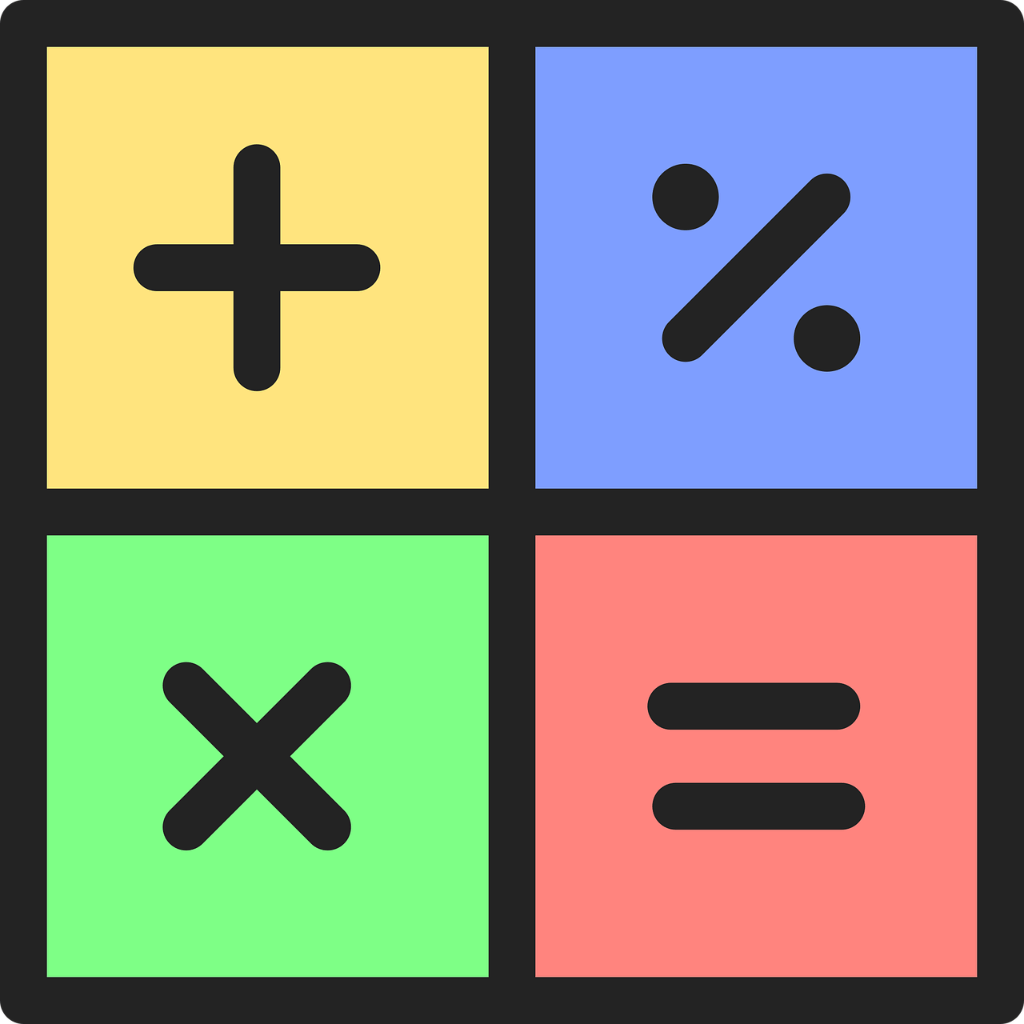
The Future Of Mathematical Symbols
Looking ahead, mathematical symbols are likely to continue evolving with advancements in technology. The rise of artificial intelligence and quantum computing may introduce new symbols to represent emerging concepts. Digital technology will also play a role in shaping the future of mathematical notation, making it more dynamic and adaptable to discoveries.
Final Thoughts
The history of mathematical symbols is a testament to human ingenuity and the quest for clarity in communication. From ancient tally marks to modern symbols, these notations have evolved to meet the needs of mathematicians across centuries. Understanding the origins and development of mathematical symbols not only enriches our appreciation of mathematics but also highlights the ongoing progress in this ever-evolving field.
FAQs
Who Was The First Person To Use Mathematical Symbols?
Mathematical symbols have been used by various ancient civilizations, but the Babylonians are among the earliest known users of written symbols for numbers and calculations.
When Was The Equals Sign (=) Invented?
The equals sign (=) was introduced by Robert Recorde in 1557 to denote equality between mathematical expressions.
How Did The Symbol For Pi (π) Come About?
The symbol for pi (π) was introduced by William Jones in 1706 and popularized by Leonhard Euler. It represents the ratio of a circle’s circumference to its diameter.
What Role Did Islamic Mathematicians Play In The Development Of Mathematical Symbols?
Islamic mathematicians, such as Al-Khwarizmi, made significant contributions to algebra and introduced symbols for unknowns. They also played a key role in spreading the Arabic numeral system to Europe.
How Have Technological Advancements Influenced Mathematical Notation?
Technological advancements, such as the printing press and computers, have made mathematical notation more accessible and adaptable. They have also led to the development of new symbols and notations for emerging mathematical concepts.
Also Read: Who Invented The World Wide Web?
